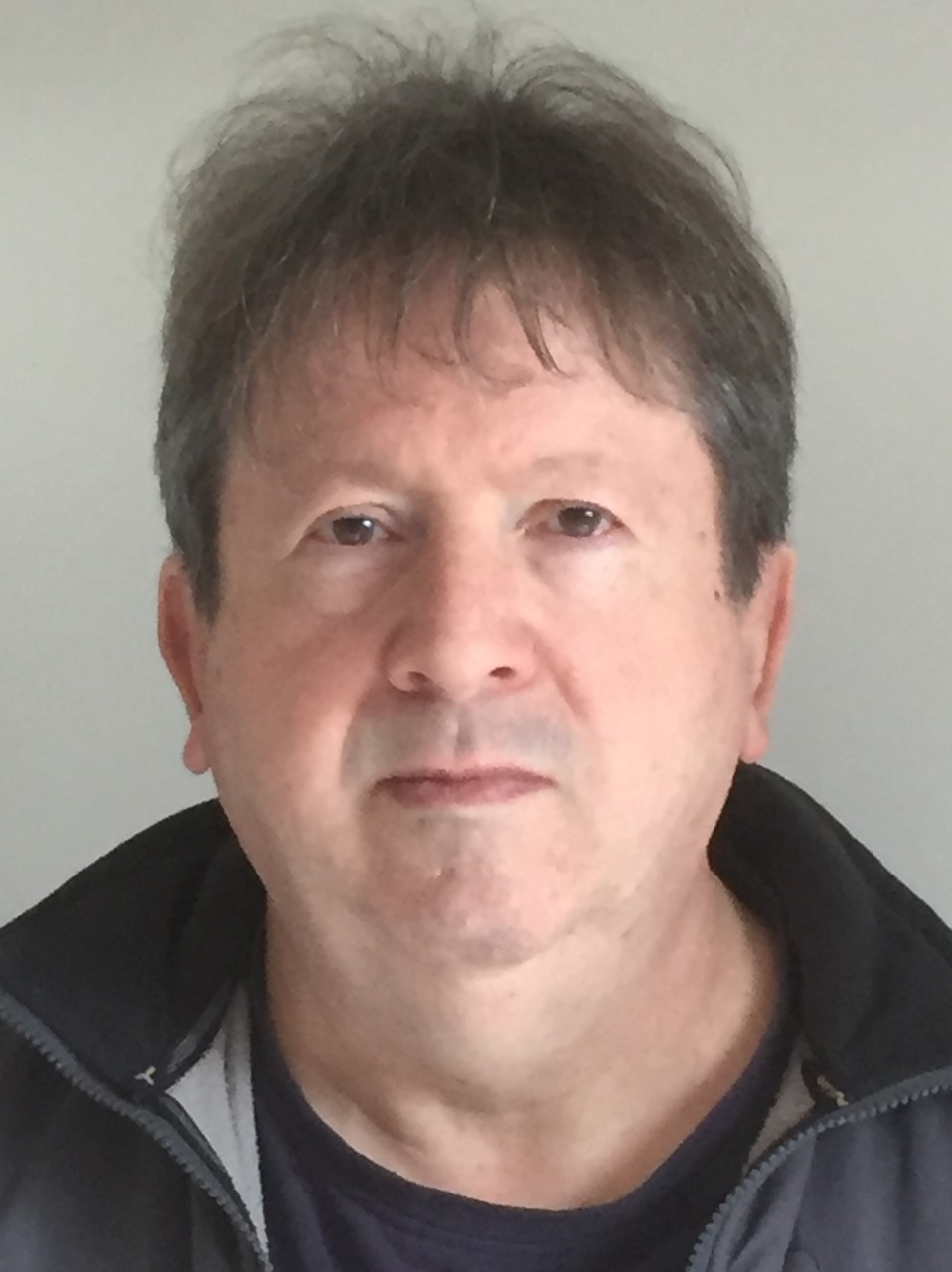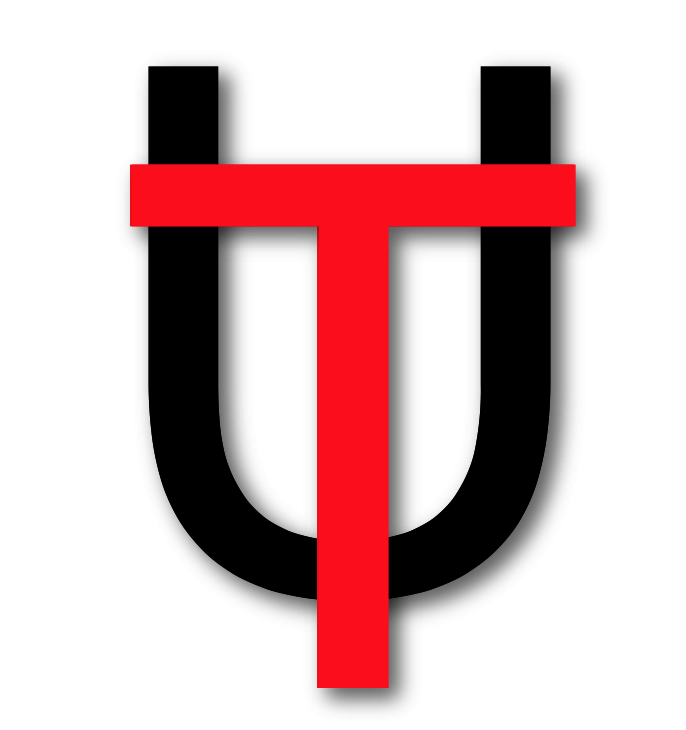
JOHN MINCHIN
MEMORIES OF UTAS ENGINEERING
I knew a bit about the Engineering Faculty long before I started there in February 1971. My father grew up a few houses along Grosvenor Street and told me many tales of his exploits in the Remount Depot and the shooting range further up the hill. Then as a youngster when visiting my grandparents, I saw the construction of the Eng building progress. I knew I was destined to study there from the time my engineer uncle gave me a Meccano set for Christmas.
I remember we started early in order to do a 2 week Technical drawing class before the official start in March. There I met Ted Sturges – he imparted lots of practical knowledge, and when you heard whistling in the corridor you knew he was coming. Strangely, many students objected to having to learn to draw.
Most of the first year subjects were maths and science, but Engineering 1 was my favourite – Peter Doe was our lecturer and we learnt about gears, rotating machinery and other interesting stuff. I was in Dr Doe’s Materials and Structures IIA class a few years later where I scored 100% in the exam. I managed this around the same time as I was struggling with Electrical Engineering with Prof Miller (I disliked it immensely) and fairing even worse with Pure Mathematics.
Archie Oliver was very memorable of course. In a letter I wrote to him 20 years ago, I recalled how I was amazed at the way he could fill blackboard after blackboard with notes, equations, and analyses without reference to prepared notes; even more so when he was temporarily taking a class for an absent lecturer. He obviously loved what he was doing; both the teaching and the research, and this came across to the students and motivated us to want to learn. One of his frequently used sayings stuck in my mind - “There’s no substitute for capacity”. I have occasionally borrowed and used this phrase myself over the years.
Greg Walker, a quiet demeanour but opened up when you showed interest in his work. Malcolm Gregory – a very clever and inspiring man. We loved some of his anecdotes (one I recall was about how the French rail gauge came about in order to accommodate the President (?) needing to sleep crossways in his carriage), and the interesting annotations and comments on our assignments and Lab reports. One of the best I received was “Useful Work”. I met him in the street 25 years later – he remembered me and was genuinely pleased to hear what I had been doing since graduation.
Then there was Eric “Eccles” Middleton, a great friend of students, and very at home with a glass in his hand. While my brain forgets names from last week, I can still remember Dr Rish (taught us Surveying), Alan Christian gave us practical skills in the workshop, and Godfrey Burrell in the Thermo lab. After he retired Alex Pittas arrived and tried to teach us Mech Eng. Our paths crossed many times over the years – he was a real gentleman. Others I recall include Colin Foster, and Frank van der Woude.
Early in my studies we received a fascinating lecture from Dr Sergio Giudici about the design of the Gordon Dam. Years later I was fortunate to work closely with him during the formative years of the HEC Consulting Business, later to become ENTURA.
I was successful in obtaining a Hydro Electric Commission University Scholarship for my engineering studies, and along with Michael Green, became the final recipients. A benefit (along with the stipend) was guaranteed vacation employment during the course. This employment was a valuable element of the course – learning real engineering skills, but more importantly learning to work with others – engineers, technical and trades people. The money was handy too!
CAREER SUMMARY & ACHIEVEMENTS
Qualifications & Professional Memberships
Bachelor of Engineering (1976)
Master of Business Administration (Technology Management), APESMA/Deakin University (2003)
Member, Institution of Engineers, Australia, 1987-2011
Member, APEA/APESMA/Professionals Australia, 1975-present
Career
In May 1976 I was offered a position in the Hydraulics Section of the Hydro Electric Commission. This was rather strange as I had studied mechanical engineering and this was a “civil” role. But I got by. The most interesting work I undertook was hydraulic design and layouts for Murchison Dam spillway, Bastyan Dam spillway, and Reece Dam spillway, and Sophia Tunnel.
In 1978 I also became a part time Lecturer in Applied Mechanics at Hobart Technical College.
I was asked to spend a couple of years as a Construction Engineer on the Pieman River Power Development. In early 1979, following my marriage, I moved to Tullah where I worked as a site engineer at Murchison Dam supervising construction of access and haul roads, dam plinth and the Sophia Tunnel Intake gate structure. Interestingly I supervised excavation for the spillway I had helped design. My wife taught at the local primary school.
In 1980 my mechanical credentials were uncovered and I transferred into the Plant Section. Firstly, as Permanent Installation Engineer, I carried out planning, assembly, installation and testing of the permanent mechanical equipment including gate frames, hydraulic wheeled gates, bulkhead and radial gates, and trash racks. A standout highlight of this work was planning and supervising of the closure of the diversion tunnels at 3 dams.
Over the next few years I was responsible for field maintenance crews (hydraulic and pneumatic drilling rigs and tunneling equipment, hydraulic winches, dam slip forming equipment, and tower cranes) and the Main Repair Workshop maintaining major earthmoving equipment.
In 1987 I transferred to Queenstown as Field Planning Engineer for the King and Anthony Power Schemes (including construction support services, maintenance and operation of village and camps, and construction restoration and revegetation). A significant function was the implementation of computerised work scheduling and costing throughout the construction works.
In 1991 I transferred back to Head Office as a senior Gates design engineer. The highlight of this time was liaison between design, workshop and construction personnel for the manufacture, transport and installation of the Crotty Dam dewatering outlet ring follower valve and jet flow gate. This included design and planning for site installation equipment, and on-site technical advice and supervision during a cold and snowy winter.
During this period I had commenced an MBA by distance learning. In 1992 I managed the Design Support department covering a wide range of support functions including estimating, job costing and financial systems, budgeting, contracts and procurement, drafting, and quality management systems. A highlight of this time was the Commercialisation Project and I was lucky to be involved in a number of projects including business re-organisation, implementation of Quality Management, digitisation of engineering drawings, and the planning for the merger of Consulting Business Unit and the HEC Enterprises Corporation.
In 1995, as manager of the Business and Project Services Group providing a range of support services to the Consulting Business Unit, I was fortunate to work closely with Sergio Giudici. I learnt much from him about people management in a technical environment.
Following a reorganisation in 1999, I took on Project Management for the project to select and transition to a single outsourced IT service provider for Hydro Tasmania, Aurora Energy, and Transend Networks.
During the period from 2001 to 2011 I worked as Manager Business Risk and Policies and Business Risk and Compliance Manager. The main part of these roles was developing and maintaining the organisations integrated risk management policies, program and systems and organisation wide insurance. In addition, I managed the integration of compliance policies, programs and systems with the risk system.
A challenging but interesting part of the work occurred during the period following the September 2001 attacks, and later in 2009 when the h1n1 pandemic occurred. Using a risk based approach to convince global insurers of our ability to reduce and control our risks enabled escalating premiums to be controlled. At the same time, I took a lead role in the development and management of emergency, business continuity and security management systems in cooperation and collaboration with local and interstate electricity entities, SES, and Tasmania Police.
Post Retirement
I determined that my post retirement work would be essentially giving back to the community. My current roles are:
-
President, Hobart City Mission Board
-
President, Tasmanian Association of State Superannuants
-
Member, Tasmania Branch Committee, Association of Professional Engineers
